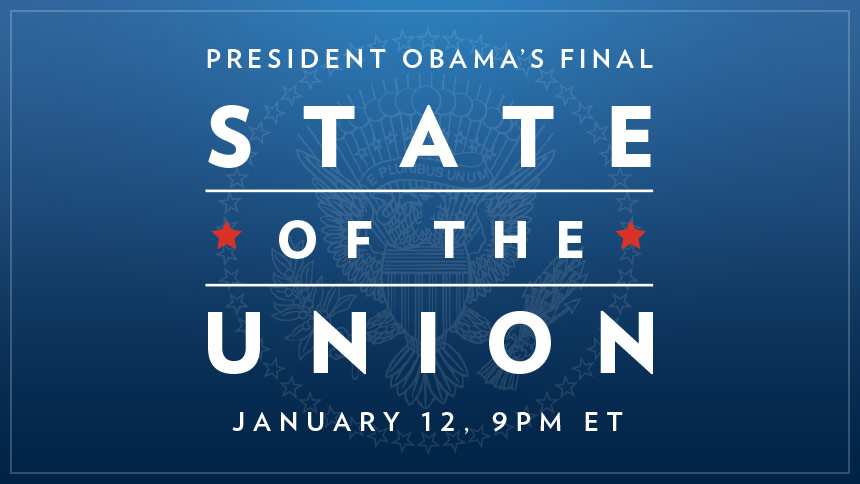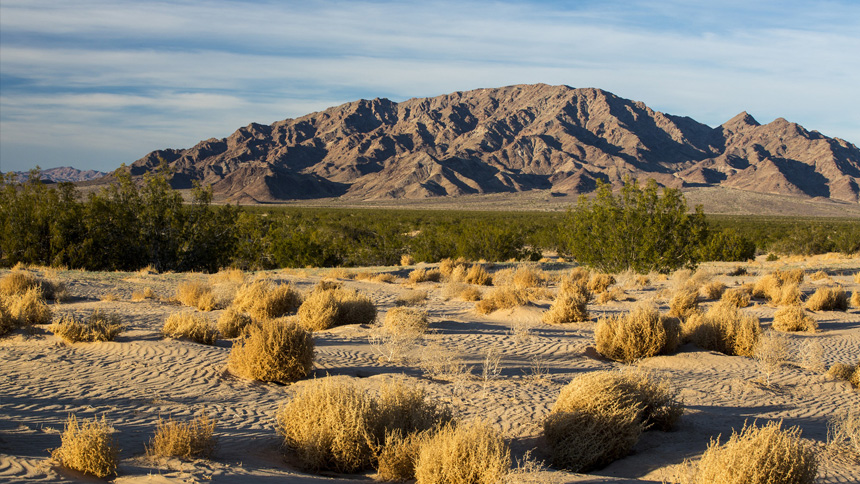
“On Active Learning Day, we encourage educators to provide opportunities for each of our Nation’s daughters and sons to engage in active science, technology, engineering, and math learning and discover firsthand the power they have to bring their bold ideas to life. By using active learning techniques in our classrooms and out-of-school spaces, we are not only enabling students to take charge of their education, but also equipping them with the tools they need to solve our biggest problems and chart our country’s course.” President Barack Obama
The Obama Administration has made an unprecedented commitment to improving access to and quality of science, technology, engineering, and mathematics (STEM) education for all students. From challenging the Nation to train 100,000 excellent new STEM teachers in a decade, to building an “all hands on deck” approach to improving STEM education through the Educate to Innovate campaign, to elevating the profile of STEM education by starting the annual tradition of the White House Science Fair, the focus has consistently been on ensuring that every student has the opportunity to participate and excel in STEM fields.
In a continued effort to expand opportunities and build on the best evidence of what works in STEM education, one area that deserves continued focus is the use of evidence-based teaching methods, such as active learning, in the classroom. This is why OSTP issued a Call to Action, to celebrate active learning with schools and institutions around the country and to highlight new actions being taken to support student and educators. And today, on Active Learning Day, instructors at all levels of education—from kindergarten to college—are actively engaging students in STEM and announcing new efforts to sustain the use of active learning throughout STEM education.
Active learning strategies are those that engage students in thinking, questioning, and problem solving, all of which lead to deep knowledge retention. Active learning can be practiced with a range of methods from providing quiet time for students to reflect and write about the subject matter to having students complete a scientific research project. All active learning is intended to help students engage with the subject matter and understand how solutions are developed using STEM problem-solving approaches. There is abundant evidence that active learning promotes deep learning, fosters problem-solving skills, and results in better retention of all students in STEM fields. For these reasons, the Administration recognizes that active-learning practices are an important component of a rigorous STEM education and included their use as the first component of the STEM for All initiative announced earlier this year. STEM for All is a comprehensive effort—based on research about how people learn and why they persist in STEM—to ensure that all students have high-quality STEM education opportunities. Its three components are to: improve STEM teaching through expanded use of active learning; expand access to rigorous STEM courses; and overcome stereotypes and biases to expand opportunities for all students in STEM.
Higher Education Response to Active Learning in STEM Call to Action
Today, in response to OSTP’s Active Learning Call to Action, organizations and institutions from across the Nation are announcing new commitments to provide more students with high-quality education in STEM fields. These announcements include:
- Led by the Association of American Colleges and Universities (AAC&U) and its Project Kaleidoscope (PKAL), more than 165 colleges and universities and STEM-related professional societies—reaching more than 100,000 students—will support STEM faculty in adopting active-learning strategies by investing in faculty professional development and creating appropriate faculty rewards. This diverse group of institutions—universities, community colleges, Hispanic-Serving Institutions, and Historically Black Colleges and Universities—signed a letter to President Obama committing to take concrete steps that will lead to sustained use of active learning strategies in all undergraduate STEM classrooms. AAC&U is also launching an online video library to provide college and university faculty with dynamic resources for more effectively implementing active teaching and learning methods which will ultimately produce a more diverse, competitively-trained, and liberally-educated STEM workforce. Additional details on the steps being taken by more than 160 colleges and universities is available here.
- Building on more than a decade of efforts to advance STEM learning within their member universities, the Association of American Universities (AAU) and the Association of Public and Land-grant Universities (APLU) are supporting active learning in STEM through new initiatives on their collective 260 campuses. You can read more about the efforts of these organizations here.
PK-12 Response to Active Learning in STEM Call to Action
Active learning in K-12 classrooms is essential to prepare students with the critical thinking skills and robust content knowledge needed to pursue STEM degrees and STEM careers.
- 100Kin10 organized more than 25 partner organizations, impacting thousands of teachers and their students, to invest in developing active learning curricular materials and technologies for preK-12 teachers and students, to develop and implement strategies to engage all preK-12 learners in STEM active learning in and out of school, and to support communities to create local ecosystems that promote active learning in STEM. 100Kin10 will also provide free, online, active-learning resources for preK-12 educators curated by leading 100Kin10 partner organizations. Additional details of actions being taken by the 100Kin10 partner organizations is available here.
A Week of Inclusive STEM Activities
In addition to the Active Learning Day participation nationwide, this week the Administration also is hosting STEM education events to engage stakeholders who support students in PK-12, colleges, and universities as they enter the workforce.
The importance of Historically Black Colleges and Universities (HBCUs) in our nation, and the vital role role of HBCUs in the innovation and STEM space was highlighted two weeks ago by President Obama during the Undefeated Town Hall at North Carolina A&T University, and again this week in his Proclamation on National Historically Black Colleges and Universities Week, 2016. On Monday evening during the National HBCU Week Conference "Promoting Excellence, Innovation and Sustainability" the White House Initiative on HBCUs engaged 73 HBCU All-Star students in a session entitled "Cookies, Coding and Java." During the session, students learned to analyze social media sites and combat online harassment through coding. As student ambassadors these students will share their programming skills with fellow students to bring about real change.
On Thursday, the My Brother’s Keeper initiative will host a roundtable discussion, Opening Doors and Creating Opportunities, to discuss best practices for engaging the Nation’s youth in the arts, technology, and education sectors. This conversation supports the My Brother’s Keeper’s STEM + Entrepreneurship track which connects STEM, entrepreneurship, and innovation communities to create opportunities for the Nation’s youth and ensure that they are prepared to solve the problems of tomorrow. To date, more than four thousand young people from across the country have engaged in hands-on, interactive STEM activities through the MBK Week at the Labs. Building on the success of Week at the Labs 2016, My Brother’s Keeper and the Council on Women and Girls are partnering to announce that the National Week at the Labs will take place February 27-March 4, 2017. Participating agencies include the Department of Energy, the National Aeronautics and Space Administration (NASA), Department of the Army, Department of the Navy, the Federal Bureau of Investigation, the National Institutes of Health, the National Oceanic and Atmospheric Administration (NOAA), the United States Department of Agriculture, and the Food and Drug Administration. Thousands of students from across the country will be able to participate and experience the innovation, science, engineering, and technology of the federally-funded labs and research centers supported by the participating agencies.
And finally, the week will close with the White House Conference on Inclusive STEM Education, co-hosted by My Brother’s Keeper, the Council on Women and Girls, the Department of Energy, and the National Math and Science Initiative. During the summit, educators, students, policy leaders, community leaders, and advocates will discuss best practices for providing access to rigorous STEM courses to students regardless of their background or ZIP code. The summit will also include a workshop on implicit bias enabling the participants to gain a greater awareness of their own biases and understand how implicit biases impact the students they support.
We are pleased educators from around the country are responding to the President’s Call to Action to empower young people with the skills needed for success in the 21st century.
Jo Handelsman is the Associate Director for Science in the White House Office of Science and Technology Policy
Quincy Brown is a Senior Policy Advisor at the White House Office of Science and Technology Policy

